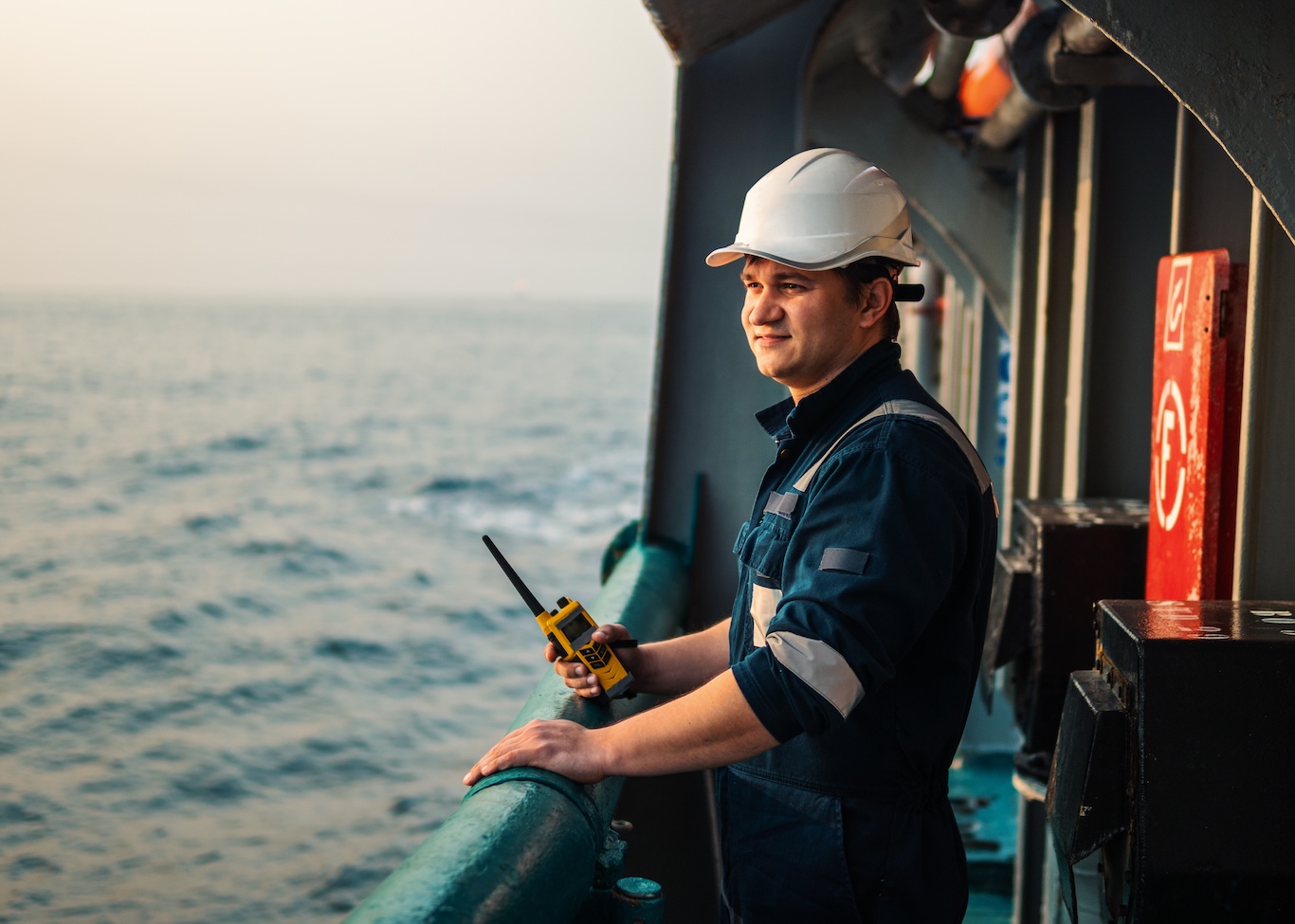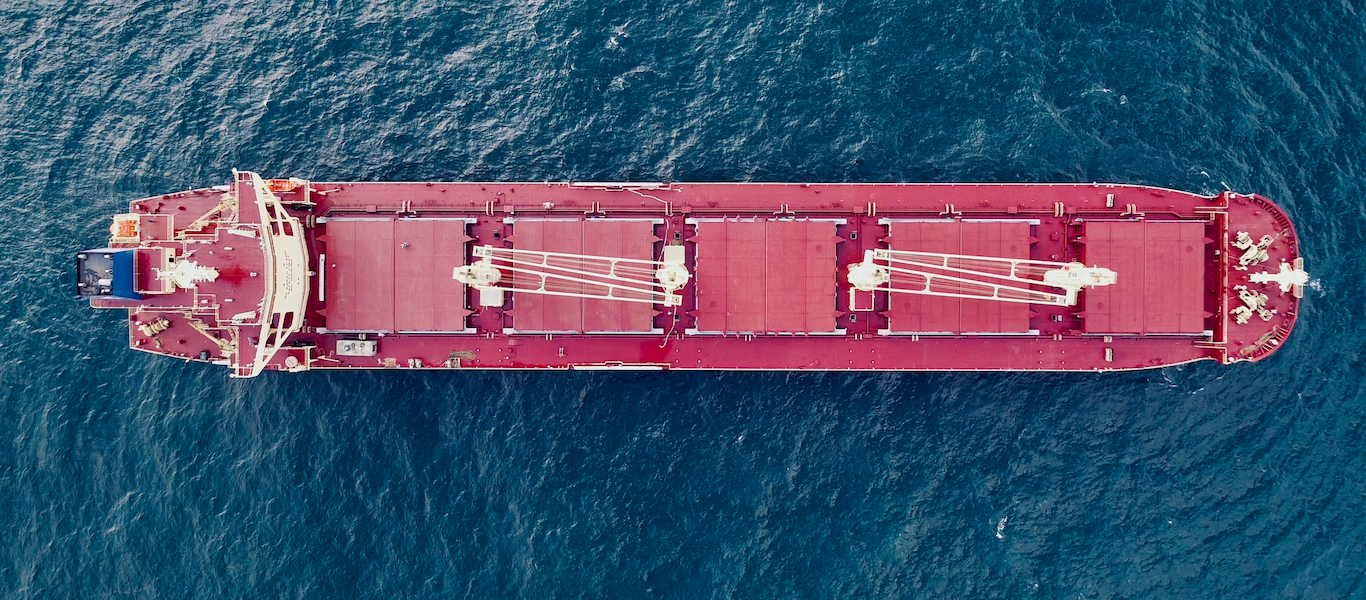
You can never put too high a price on looking after people in the running of any shipping operation. And it is the welfare of crewmembers that provides the cornerstone of Maritime Safety and Efficiency.
Throughout the dry shipping industry seafarers are the backbone that maintains and ensures the smooth operation of global trade. Maritime technology may continue to discover and develop new sophisticated answers to operational problems, but despite these advancements it is human performance that remains a critical factor in how shipping safety, efficiency and compliance is achieved.
Safeguarding crew welfare is a fundamental duty across the maritime industry, with all parties needing to remain alert to factors that could impact seafarers’ wellbeing. There are many contributing factors that can lead to poor crew welfare, with fatigue, stress, lack of shore leave, and inadequate working conditions being common contenders. The impact of these factors can be serious leading to increased accidents, lower productivity, and higher crew turnover.
To avoid such outcomes there are regulatory frameworks in place such as the Maritime Labour Convention (MLC), STCW, and ISM Code. With these in place, minimum standards for crew welfare are ensured, but this shouldn’t be where it stops. Best practices for any organisation should go beyond compliance.
The DryBMS framework empowers shipowners and operators to develop and enhance crew welfare programs and strategies. By doing so, they not only strengthen crew retention but also ensure a safer, more efficient, and sustainable shipping operation.
How Crew Welfare Impacts Safety and Operational Performance
Even the most tightly run operations will always have areas of risk where human involvement is concerned. Let’s take a closer look at where we should be cautious.
Fatigue and Human Error. When crew members are overworked or sleep-deprived their situational awareness may decline. This increases the likelihood of mistakes, shortcuts and safety lapses, affecting every aspect of operations from navigation to cargo handling.
Mental Health & Psychological Strain. Crew members enduring prolonged periods at sea without proper support can suffer from stress, anxiety, depression, and decreased morale.
Retention & Recruitment Challenges. Poor working conditions can lead to higher turnover rates of crew. This makes it harder to retain skilled seafarers.
Reduced Operational Efficiency. A demotivated or exhausted crew affects maintenance schedules, cargo handling, and emergency preparedness.
Regulatory and Chartering Implications. Failure to meet crew welfare standards can lead to Port State Control (PSC) detentions, legal action, and lost chartering opportunities.
How DryBMS Supports Shipowners in Enhancing Crew Welfare
The DryBMS framework gives companies a practical standard that goes beyond compliance. It helps set clear expectations across different subject areas, with guidance ranging from Basic to Excellent levels.
Key Areas Include:
Culture & Policy: Fostering the right mindset across the organisation.
Training & Development: Driving continuous improvement, and empowering seafarers.
Working Conditions: Ensuring the crew have the right environment to thrive.
Wellbeing & Support: Providing mental health and morale boosting initiatives.
Together, these focus areas aim to improve crew satisfaction, strengthen morale, and boost retention, helping companies create a more sustainable workforce.
To discover how DBCE can support your crew sustainability journey, find out more and subscribe to the DryBMS framework here.
Further reading – 4Ps – People.


